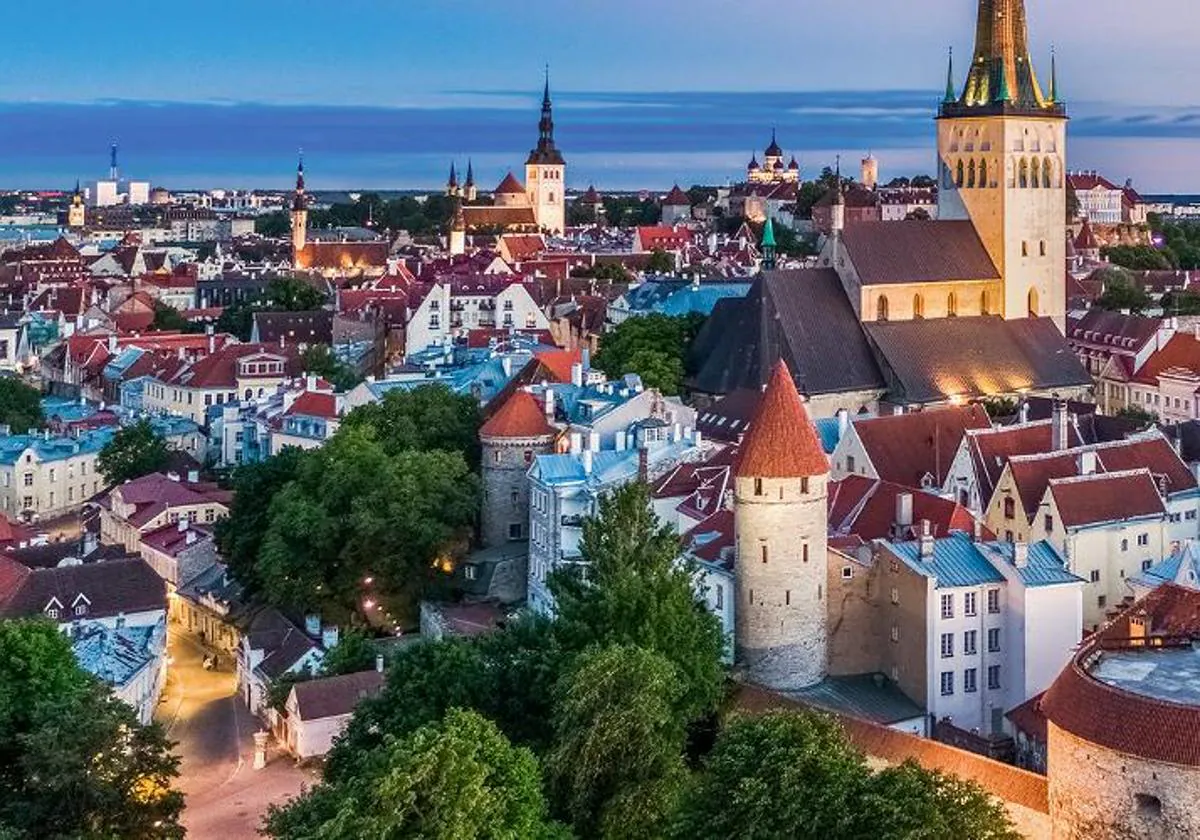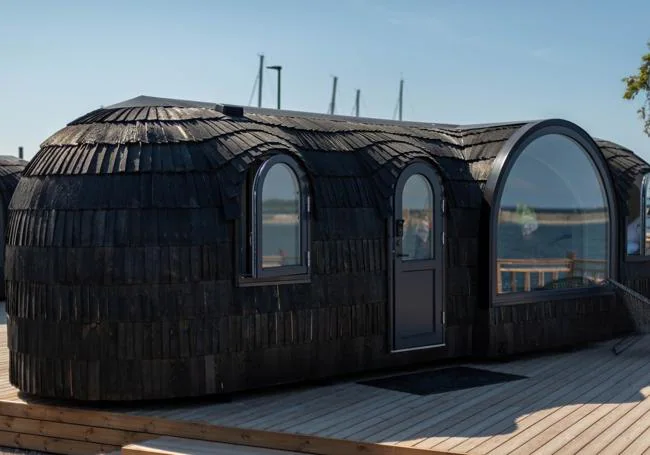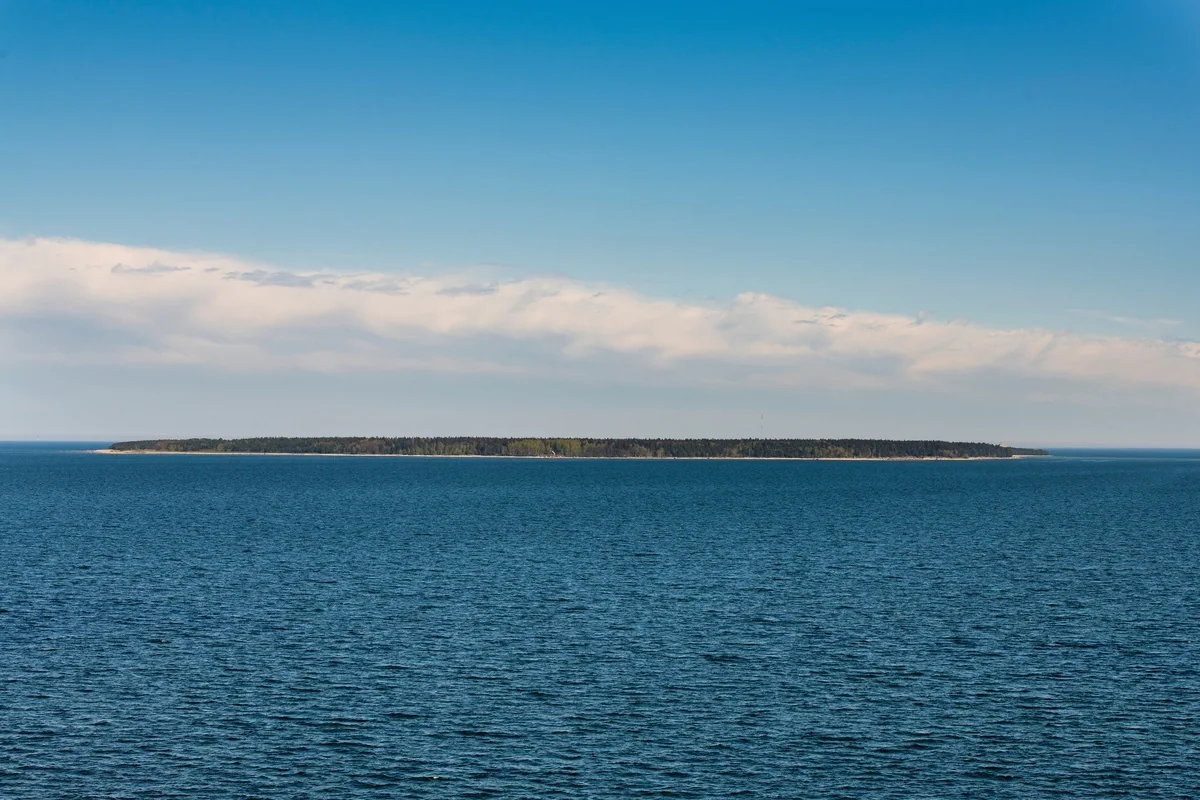

Sections
Highlight

Kino Verdù
Estonia
Friday, 24 November 2023, 17:24
There are an infinite number of reasons to travel, and in this case travel to the other side of Europe. One of these reasons to travel which has gained traction as of late is to find beauty through building designs and constructions. Not just museums, or the houses where rich people live, or ancient remains, but above all modern, cutting-edge architecture that can speak volumes about the way of life and spirit of a whole town.
This is the case in Estonia, a country which connects Scandinavia, Central Europe and the East across the Gulf of Finland. Surrounded by the Baltic Sea to the West, more than half of its land mass is covered by forests. The country has a population of 1.3 million, greater than that of Denmark and The Netherlands, and is also home to over 2,000 islands (the majority inhabited). Estonia's Viking and medieval legacy is still evident in some places, such as in Tallinn, the capital, which is on the Unesco World Heritage Site list and one of the best-conserved medieval cities in Northern Europe. Now we know where it is on the map, let us explore its beauty, in particular its architecture.
Between the old town of Tallinn, the bridge and the Viru square (a crossroads and the official centre of the city), stands the Rotermann Quarter, which has completely changed its appearance, transforming itself into an urban space where old industrial buildings have been restored for people who love 21st century architecture. We should give some context to these buildings, and tell their story.

The year is 1828. An entrepreneur, Christian Barthold Rotermann, builds factories for alcohol, starch and a salt and chicory mill. His son continues to expand the buildings with a flour mill and a macaroni factory. And his grandson did more of the same, but in his case cars and linen. The story continues with a sawmill, porcelain and glass workshops, a vodka cellar...
In short, a collection of facilities that after a few years of ups and downs and some apathy, was restored, rehabilitated with bold constructions, 'cool' fashion shops, cafes, art galleries, cinemas, just to name a few. And even an old salt warehouse made from limestone was transformed into the Museum of Architecture and close by stands the Tallinn Design House, a tribute to the rich creativity in this place.
Moving away from Tallinn, we find ourselves at Maidla, a tiny village (barely a hundred habitants) belonging to the municipality of Rapla. Virgin forests, wetlands, silence, lush vegetation, peace, pure air. This is the setting that shelters the Maidla Nature Villas, where architectural audacity merges with an overwhelming scene of sustainability and nature.

A pair of fifteenth-century palaces also live within this resort, with three chameleon-like villas designed in an Estonian studio named 'b210', founded by architects Mari Hunt and Arvi Anderson. Angular parallelepipeds, with sharp corners, made from wood and steel that rise half-hidden by the trees... they are the trees themselves of the 21st century. Large windows merge the interior with the exterior, bringing to life the words of great Estonian designer Bruno Tomberg: The forest is my cathedral". The villas are called Kaseke, Käbi and Poku, each one with its own particularities, shapes and appearances, but each one fused with the foliage and the grassland. Continuing on this path of contemporary architecture, we find the Arvo Pärt Centre, located in the coastal village of Laulasmaa, around 35 kilometres west of Tallinn.
It is a tribute to the illustrious composer Arvo Pärt, designed by the Spanish studio Nieto Sobejano Arquitectos. The project had one premise: to protect the pine trees in the forest, and one intention: to let music flow around the trees through a zinc roof. Nieto Sobejano's project report explained that interpreting the work of Arvo Pärt in architectural terms means finding a balance between the intimacy of his musical compositions and the powerful and beautiful Estonian landscape. Empty space is seemingly everywhere. Is it not true that emptiness is the true protagonist of architecture? And likewise, that of silence in music?
Publicidad
Publicidad
Publicidad
Publicidad
Esta funcionalidad es exclusiva para registrados.
Reporta un error en esta noticia

Debido a un error no hemos podido dar de alta tu suscripción.
Por favor, ponte en contacto con Atención al Cliente.

¡Bienvenido a SURINENGLISH!

Tu suscripción con Google se ha realizado correctamente, pero ya tenías otra suscripción activa en SURINENGLISH.
Déjanos tus datos y nos pondremos en contacto contigo para analizar tu caso

¡Tu suscripción con Google se ha realizado correctamente!
La compra se ha asociado al siguiente email
Comentar es una ventaja exclusiva para registrados
¿Ya eres registrado?
Inicia sesiónNecesitas ser suscriptor para poder votar.